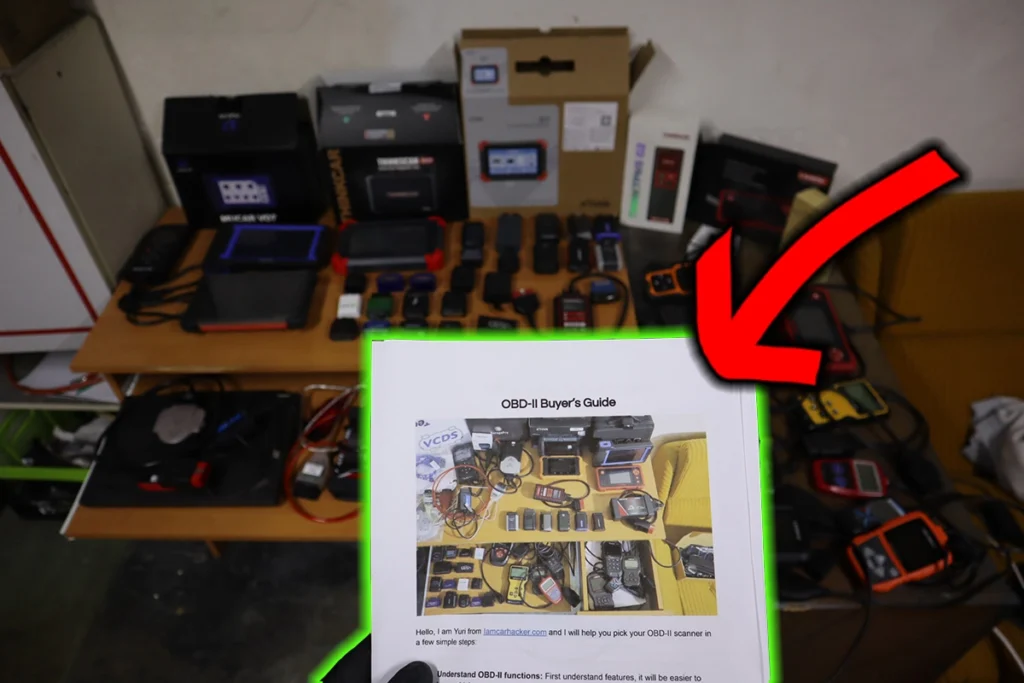The P2584: Fuel Additive Control Module Requested MIL Illumination code indicates that the fuel additive control module has detected an issue and has requested the Malfunction Indicator Lamp (MIL) to illuminate. This suggests a problem within the fuel additive system, which could be due to a fault in the module itself or other components in the system that manage fuel additives, such as sensors or pumps.
P2584 – Quick Overview
| Code | Information |
|---|---|
| Meaning | P2584: Fuel Additive Control Module Requested MIL Illumination |
| Is it serious? | Moderate, as the fuel additive system is crucial for maintaining emissions control and preventing particulate filter issues. Failure to address the fault can lead to increased emissions or damage to the particulate filter. |
| Possible causes | – Fuel additive control module requesting MIL illumination – Issues with the fuel additive control module – Faulty fuel additive system components |
| How to diagnose? | – Inspect the fuel additive control module – Check for any faults in the fuel additive system – Test and replace faulty components if needed |
P2584 Meaning
The P2584: Fuel Additive Control Module Requested MIL Illumination code is triggered when the fuel additive control module detects a malfunction that needs attention and subsequently requests the Malfunction Indicator Lamp (MIL) to be illuminated. The fuel additive system is typically used to manage diesel particulate filters (DPF) by injecting additives to lower the combustion temperature of particulate matter. If the system fails, the vehicle may experience reduced efficiency in emissions control, leading to DPF blockages or other emissions-related issues.
Step-by-step diagnostic guide
| Action | Description | Tools Needed |
|---|---|---|
| Check for Other Related Codes | Use an OBD-II scanner to determine if there are additional codes related to the fuel additive system. These codes may provide further information on which specific part of the system is malfunctioning. | OBD-II Scanner |
| Inspect the Fuel Additive Control Module | Locate the fuel additive control module and inspect it for any signs of physical damage, overheating, or connection issues. Ensure it is securely mounted and the connections are intact. | Flashlight, Safety Gloves |
| Check Fuel Additive System Components | Inspect all components of the fuel additive system, including the additive pump, tank, sensors, and related wiring. Look for any physical damage, blockages, or leaks that could impair system performance. | Flashlight, Multimeter |
| Test the Fuel Additive Control Module | Use a diagnostic tool to monitor the live data from the fuel additive control module. Ensure that it is sending and receiving the appropriate signals to control the injection of the fuel additive. | Diagnostic Tool |
| Check Wiring and Connectors | Inspect the wiring and connectors that connect to the fuel additive system. Look for frayed wires, loose connections, or corrosion that may prevent proper communication between components. | Flashlight, Multimeter |
| Repair or Replace Faulty Components | Repair or replace any damaged or faulty components found during the inspection, including sensors, pumps, or the control module itself if necessary. Ensure that any leaks in the fuel additive system are sealed. | Basic Tools, Replacement Parts |
| Refill Fuel Additive Tank | If the vehicle has a separate fuel additive tank and it is low, refill it with the correct additive as specified by the manufacturer. Ensure that the additive is suitable for the DPF system. | Fuel Additive Refill |
| Clear the Code and Test System | After completing the necessary repairs, use an OBD-II scanner to clear the fault code. Start the vehicle and monitor the fuel additive system to ensure it functions correctly and that the MIL does not re-illuminate. | OBD-II Scanner, Vehicle Owner’s Manual |
| Recheck for Codes | Re-scan the vehicle with the OBD-II scanner to confirm that the P2584 code has been resolved. If the code persists, further investigation may be required to identify any additional faults in the system. | OBD-II Scanner |
Free PDF: How to choose OBD2 scanner

I’ve made you a free PDF to choose the OBD2 scanner in 5 minutes.
✅ Which OBD2 scanner is best?
✅ Which type should you get (DIY, Pro, Hobby)
✅ What is the best scanner for the exact brand/feature (e.g best for BMW)
✅ How to get a Bi-Directional tool for as cheap as $40
✅ Discount coupons for scanners
PDF is 100% free and it is designed to help you pick a scanner in less than a few minutes! Not a boring 50-page guide.
Just tell me where to send it.

Hi, I am Juraj “Yuri” Lukacko. I got frustrated by unhelpful and scammy mechanics, so I decided to learn everything about car diagnostics myself. I test dozens of new car diagnostic tools every month along with learning new strategies to fix and customize cars. About Juraj Lukacko (Yuri)